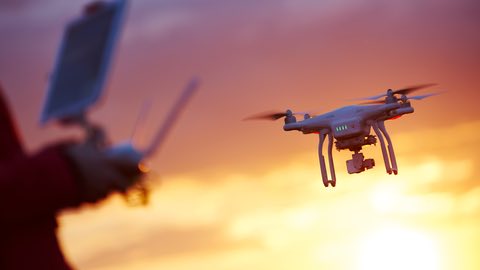
Researchers at Ben-Gurion University of the Negev (BGU) in Israel have developed a system that will determine how to pinpoint the location of a drone operator who may be operating maliciously near airports or protected airspace.
Dr. Gera Weiss from BGU’s Department of Computer Science and lead researcher, Eliyahu Mashhadi used a realistic simulation environment to collect the path of the drone from its launch point and throughout its flight. Tests of the model with the flight simulator were able to locate and target the drone operator 78% of the time.
“We insert all the points along the flight path into a deep neural network that was trained to be able to predict the exact launch point and the location of the drone operator,” Mashhadi said.
Counter-drone systems now in use rely on radio frequency to locate the operators, while using electro-optical, radar and other sensors to track the drones. But these methods are typically tailored to a specific brand of drones and drone designers are able to install cryptography and electronic warfare techniques to make localization by analysis of radio signals very difficult.
“Currently, drone operators are located using RF techniques and require sensors around the flight area which can then be triangulated,” said Mashhadi. “This is challenging due to the amount of other WiFi, Bluetooth and IoT signals in the air that obstruct drone signals.”
“Now that we know we can identify the drone operator location, it would be interesting to explore what additional data can be extracted from this information,” says Dr Yossi Oren, a senior lecturer in BGU’s Department of Software and Information Systems Engineering and head of the Implementation Security and Side-Channel Attacks Lab. “Possible insights would include the technical experience level and even precise identity of the drone operator.”
